Table of Contents
Cornbread is one of those timeless dishes that everyone seems to love. Whether you serve it alongside a hearty bowl of chili or with a drizzle of honey, it’s hard to beat its warm, crumbly goodness. But here’s the burning question: is it better to use milk or buttermilk in cornbread? Let’s dive into this age-old debate, exploring every angle to help you make the best choice for your cornbread recipe. 🥖✨
Milk or Buttermilk in Cornbread: A Delicious Debate
Cornbread has been a cherished dish for centuries, finding its place on tables across the world, especially in the southern United States. Its rich history and versatility make it a favorite for both everyday meals and special occasions.
The History of Cornbread: Milk vs. Buttermilk Recipes
Cornbread originated from Native American cooking, with cornmeal being a staple ingredient. Over time, settlers adapted the recipe to include ingredients like milk, buttermilk, and even sugar. Today, cornbread comes in countless variations—some sweet, some savory, but all delicious.
Traditional Ingredients: What Role Does Milk or Buttermilk Play?
At its core, cornbread typically includes:
- Cornmeal
- A leavening agent (baking soda or powder)
- Fat (like butter or oil)
- A liquid (milk or buttermilk)
- Eggs
The choice of liquid is where the debate heats up. Milk and buttermilk each bring something unique to the table.
Comparing Milk and Buttermilk in Cornbread
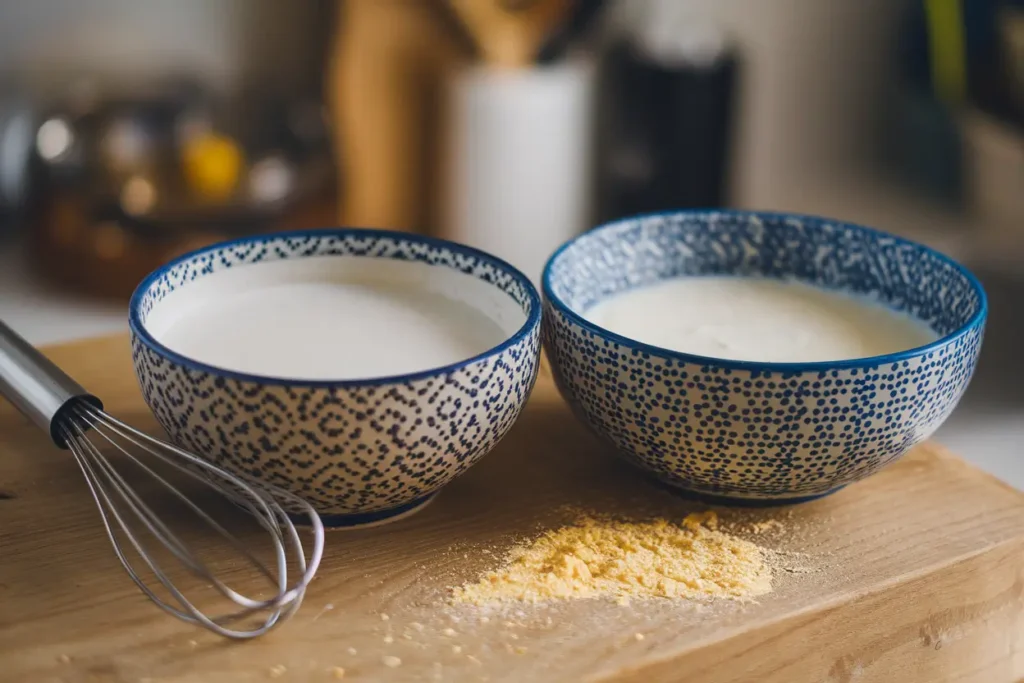
Understanding the differences between milk and buttermilk is crucial to mastering cornbread. Each offers distinct properties that affect taste, texture, and even nutrition.
milk or buttermilk in cornbread: Which One Adds Better Flavor to Cornbread?
Milk is a versatile liquid that’s widely used in baking. It adds moisture, richness, and helps bind ingredients together. Full-fat milk, in particular, can make cornbread slightly richer.
Baking Science: How Milk and Buttermilk Impact Cornbread Texture
Buttermilk is tangy and thicker than regular milk, thanks to its acidity. This acidity reacts with baking soda or baking powder, creating carbon dioxide bubbles that make baked goods rise beautifully. It also enhances the flavor and tenderness of cornbread.
Nutrition Showdown: Milk or Buttermilk for Healthier Cornbread
When it comes to health, buttermilk is often the better choice as it’s lower in fat and calories compared to full-fat milk. Plus, its probiotics can benefit digestion.
The Science Behind Baking with Milk and Buttermilk
Baking is as much science as it is art. The choice between milk and buttermilk impacts how cornbread turns out.
How Acidity Affects Cornbread Texture
Buttermilk’s acidity tenderizes gluten, resulting in a softer, more crumbly texture. Milk, being neutral, doesn’t have the same effect, making cornbread a bit denser.
Flavor Profiles: Milk vs. Buttermilk
Milk provides a mild, creamy flavor that lets other ingredients shine. Buttermilk, on the other hand, adds a subtle tang that elevates the overall taste.
Moisture Retention: Which Is Better?
Buttermilk often leads to a more moist cornbread due to its higher viscosity, while milk can sometimes leave cornbread a bit drier.
Block Quote: “If you want a tender, melt-in-your-mouth cornbread, buttermilk is your best friend.”
Pros and Cons of Using Milk in Cornbread
Both milk and buttermilk have their pros and cons, and understanding them helps you make the right choice.
Advantages of Using Milk in Cornbread or Buttermilk in Cornbread
- Readily available in most households.
- Produces a mild flavor that complements sweet cornbread recipes.
- Works well with recipes that already have acidic ingredients.
Disadvantages of Milk
- Can result in a denser texture.
- Lacks the tangy flavor that some people love in cornbread.
Pros and Cons of Using Buttermilk in Cornbread
Buttermilk has its own set of benefits and a few challenges.
Advantages of Buttermilk
- Creates a light, fluffy texture.
- Adds a delicious tang that enhances flavor.
- Provides probiotics for added health benefits.
Disadvantages of Buttermilk
- May not always be on hand.
- Slightly more expensive than milk.
Block Quote: “For a traditional southern-style cornbread, buttermilk is non-negotiable!”
Common Problems When Choosing Milk or Buttermilk
No matter which liquid you choose, issues can arise. Here’s how to tackle them.
Dry Cornbread: Causes and Solutions
If your cornbread turns out dry:
- Solution for Milk Users: Add a bit more fat or sugar.
- Solution for Buttermilk Users: Reduce cooking time slightly.
Flavor Issues and How to Fix Them
If your cornbread tastes too bland:
- Milk Users: Add a splash of buttermilk or yogurt for tang.
- Buttermilk Users: Balance the tang with a touch of honey or sugar.
Expert Opinions and Taste Tests
To settle the debate, we looked at expert opinions and conducted taste tests.
What Chefs Say About Milk in Cornbread
Many chefs prefer milk for its simplicity and availability. It’s a solid choice for sweet cornbread recipes.
The Case for Buttermilk from Bakers
Bakers often swear by buttermilk for its tangy flavor and ability to create tender crumbs.
This article is just warming up. Let me know if you’re ready for Part 2, where we’ll dive into substitutions, recipes, and FAQs! 😊
Substitutions and Adjustments for Milk and Buttermilk
Sometimes you may not have milk or buttermilk on hand. Thankfully, there are plenty of substitutions and recipe adjustments that can save the day without compromising your cornbread.
Dairy-Free Alternatives for Cornbread
For those with dietary restrictions or preferences, there are excellent non-dairy options:
- Almond Milk: A mild flavor that works well in most cornbread recipes.
- Soy Milk: A richer alternative with a slightly nutty taste.
- Oat Milk: Thick and creamy, oat milk adds moisture similar to buttermilk.
- Coconut Milk: Great for a subtle sweetness but may alter the flavor profile.
Tip: Add a teaspoon of vinegar or lemon juice to these options to mimic buttermilk’s acidity.
Making Buttermilk at Home
Don’t have buttermilk? No problem! You can create your own in minutes:
- Combine 1 tablespoon of vinegar or lemon juice with 1 cup of milk.
- Stir well and let it sit for 5–10 minutes.
Voilà! You’ve got homemade buttermilk ready to go.
Adjusting Recipes for Desired Texture
If you prefer a fluffier or moister cornbread, here’s how you can tweak your recipe:
- For Fluffiness: Use buttermilk and add an extra egg.
- For Moisture: Incorporate a tablespoon of sour cream or yogurt.
Block Quote: “The secret to perfect cornbread is all about balancing the liquid and fat.”
How to Choose the Right Ingredient for Your Cornbread
Choosing between milk and buttermilk depends on your recipe, preferences, and the occasion.
Understanding Your Recipe and Preferences
- Sweet Cornbread: Milk works well since it doesn’t overpower the sweetness.
- Savory Cornbread: Buttermilk is ideal, adding complexity to the flavor.
- Dense vs. Light Texture: For light and airy, go with buttermilk. For denser cornbread, milk is your best bet.
Considering Dietary Restrictions
- If you’re lactose-intolerant, non-dairy milk or lactose-free buttermilk are great options.
- Vegan? Use plant-based milk and mix with a vinegar substitute for buttermilk-like results.
Step-by-Step Recipe: Cornbread with Milk
Let’s put the milk option to the test with this simple yet delicious cornbread recipe.
Ingredients and Preparation
You’ll need:
- 1 cup of cornmeal
- 1 cup of all-purpose flour
- 1/4 cup of sugar (optional)
- 1 tablespoon of baking powder
- 1/2 teaspoon of salt
- 1 cup of milk
- 1/3 cup of melted butter or oil
- 1 egg
Cooking Instructions and Tips
- Preheat your oven to 400°F (200°C).
- In a bowl, mix all dry ingredients.
- Whisk together milk, melted butter, and the egg in a separate bowl.
- Combine wet and dry ingredients until just mixed (don’t overmix!).
- Pour the batter into a greased baking dish or cast-iron skillet.
- Bake for 20–25 minutes or until golden brown.
Pro Tip: Let the cornbread cool for 5–10 minutes before slicing to avoid crumbling.
Step-by-Step Recipe: Cornbread with Buttermilk
Now, let’s explore how buttermilk can transform your cornbread into something extraordinary.
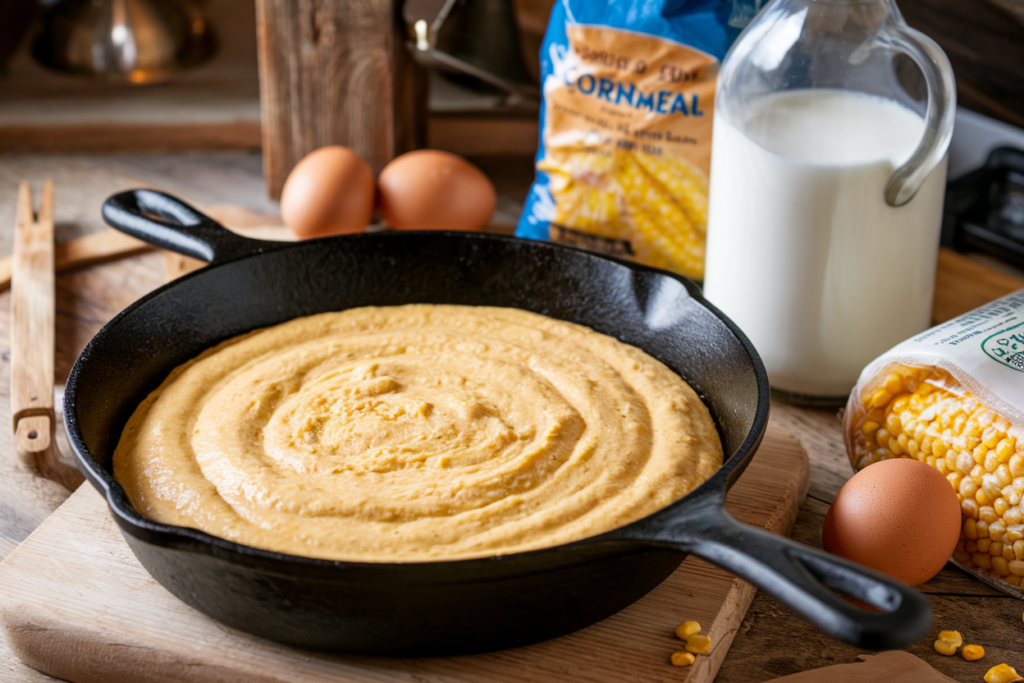
Ingredients and Preparation
You’ll need:
- 1 cup of cornmeal
- 1 cup of all-purpose flour
- 1/4 cup of sugar (optional)
- 1 teaspoon of baking soda
- 1/2 teaspoon of salt
- 1 cup of buttermilk
- 1/4 cup of melted butter
- 1 egg
Cooking Instructions and Tips
- Preheat your oven to 375°F (190°C).
- Combine dry ingredients in a mixing bowl.
- In a separate bowl, whisk together buttermilk, melted butter, and the egg.
- Stir wet ingredients into the dry mixture just until combined.
- Pour batter into a greased skillet or baking pan.
- Bake for 20–30 minutes or until the top is lightly browned.
Pro Tip: For extra moisture, brush the top with melted butter immediately after baking.
FAQs: Is it better to use milk or buttermilk in cornbread?
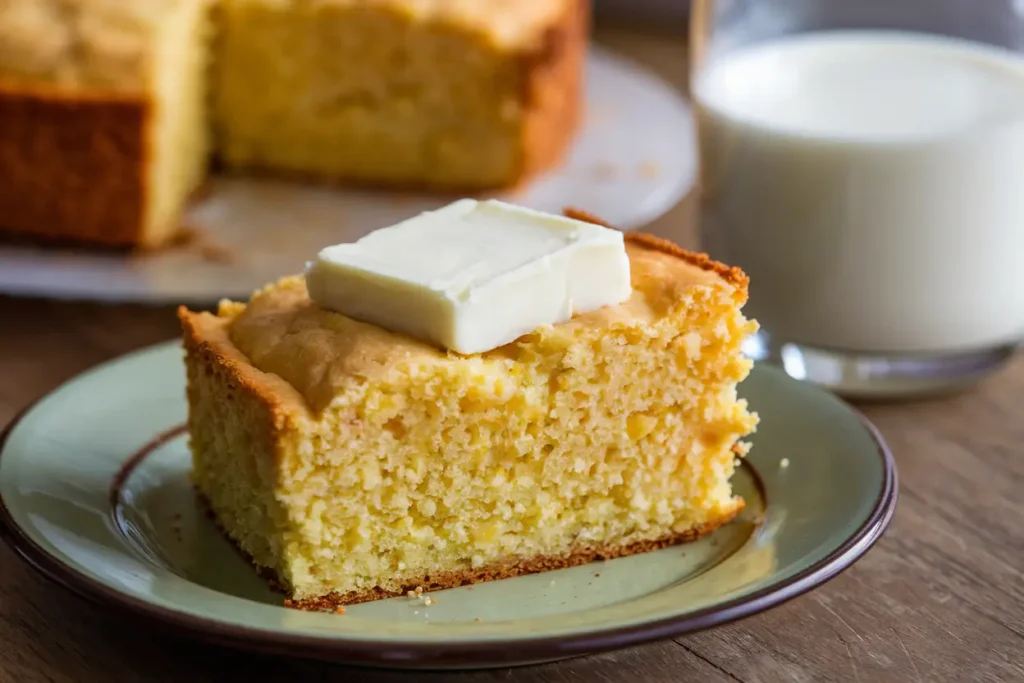
Here are answers to the most common questions about this cornbread debate.
Can I Substitute Milk for Buttermilk in Cornbread?
Yes, but the texture and flavor will change. To mimic buttermilk, add a tablespoon of vinegar or lemon juice to the milk.
Which Ingredient Makes Cornbread More Moist?
Buttermilk generally produces moister cornbread due to its acidity and thicker consistency.
How Does Acidity Affect Cornbread?
Acidity from buttermilk helps tenderize gluten and adds a light, airy texture to the cornbread.
What’s the Best Choice for Traditional Cornbread?
Buttermilk is traditionally preferred, especially in southern-style recipes, for its tangy flavor and tender crumb.
Are There Non-Dairy Options That Work Well?
Absolutely! Plant-based milk like almond or soy can be used, especially when combined with vinegar for acidity.
Is Buttermilk Healthier Than Milk in Cornbread?
In some ways, yes. Buttermilk is lower in fat and calories than whole milk and offers probiotic benefits.
Making the Perfect Cornbread
So, is it better to use milk or buttermilk in cornbread? It all comes down to your taste and texture preferences. If you love a tangy, moist, and fluffy cornbread, go for buttermilk. Prefer something denser and milder? Milk is your answer. Either way, you can’t go wrong with this versatile and beloved dish.
Turkey Chili Recipe: 5 Unbeatable Reasons It’s Your Ultimate Comfort Food! – Cornbread and chili are a classic pairing! This article would be a great internal link for readers looking for the perfect dish to serve alongside their cornbread.
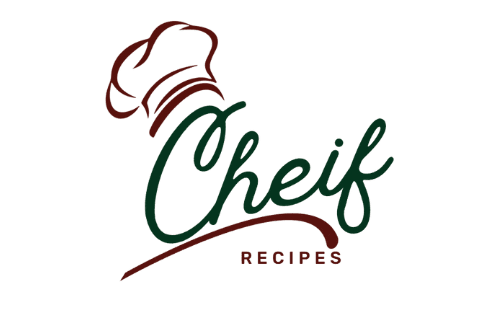
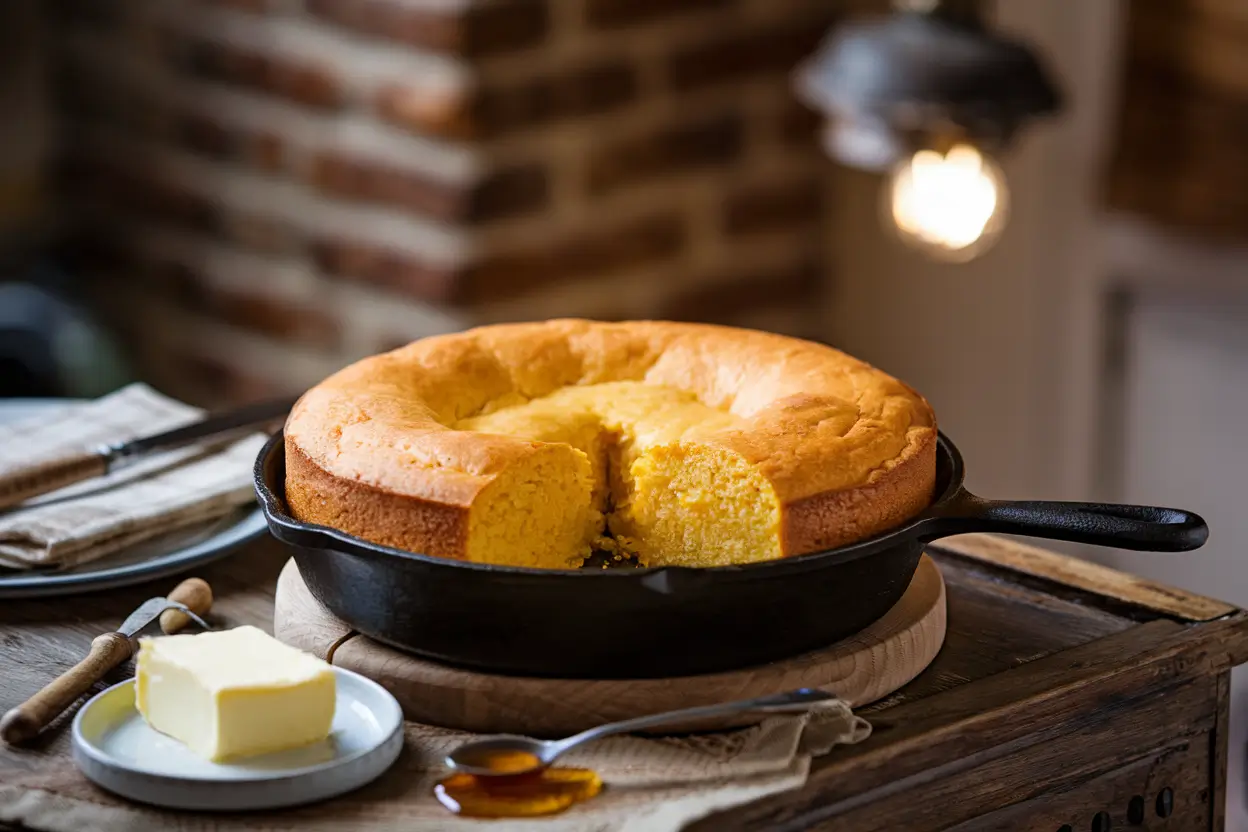
1 thought on “Is it better to use milk or buttermilk in cornbread?”